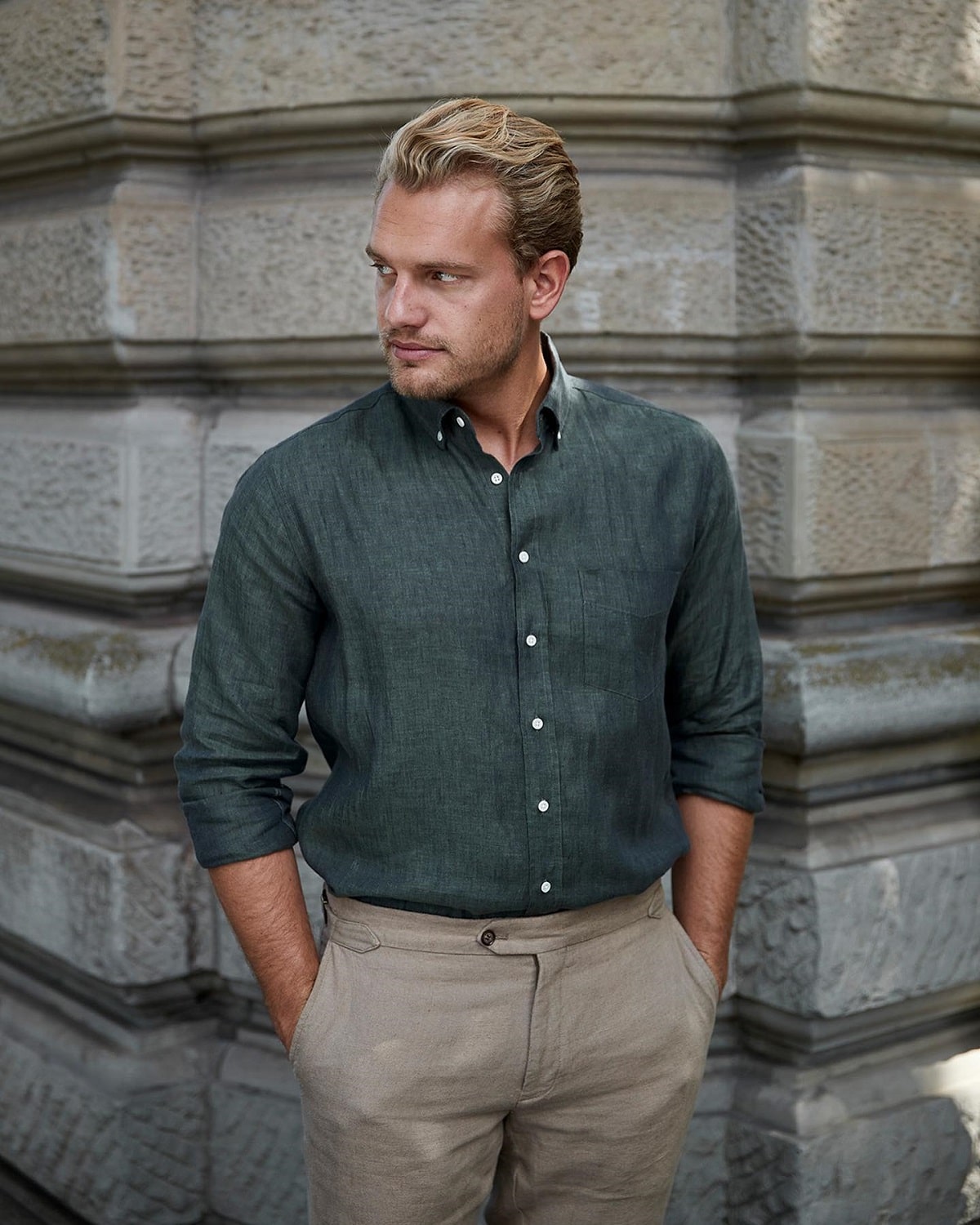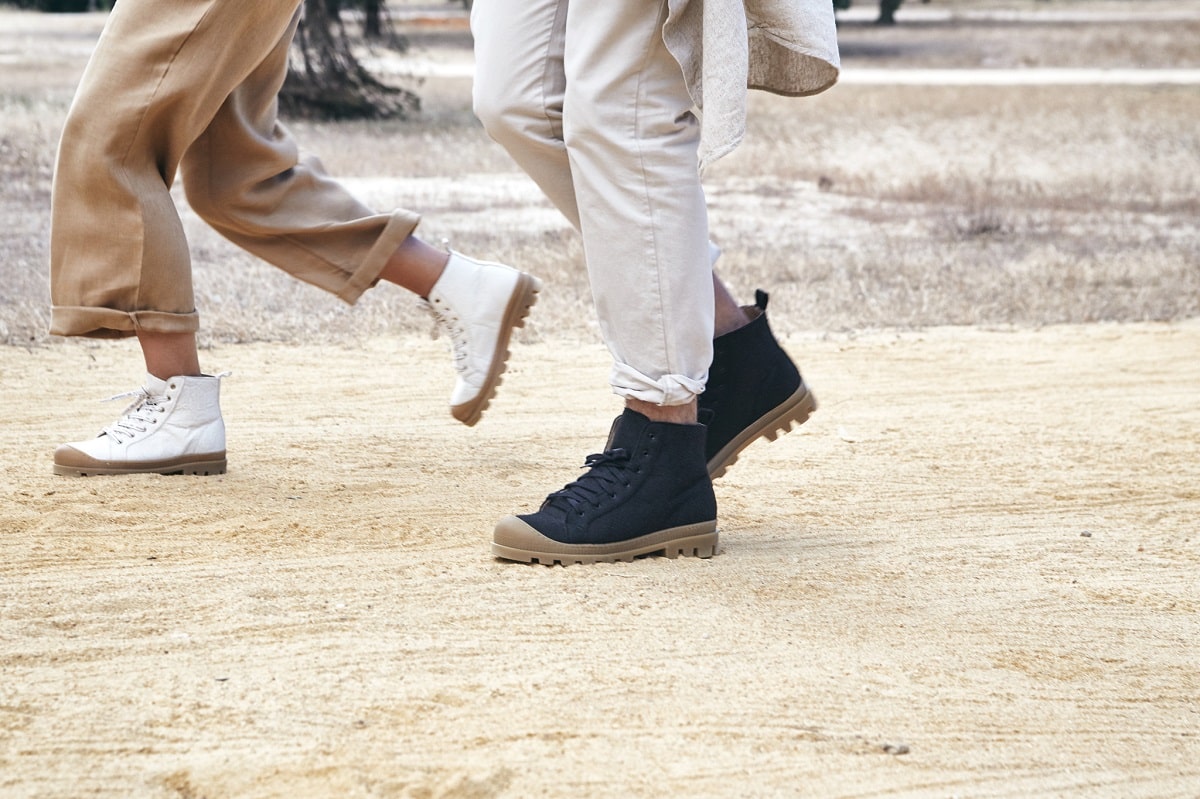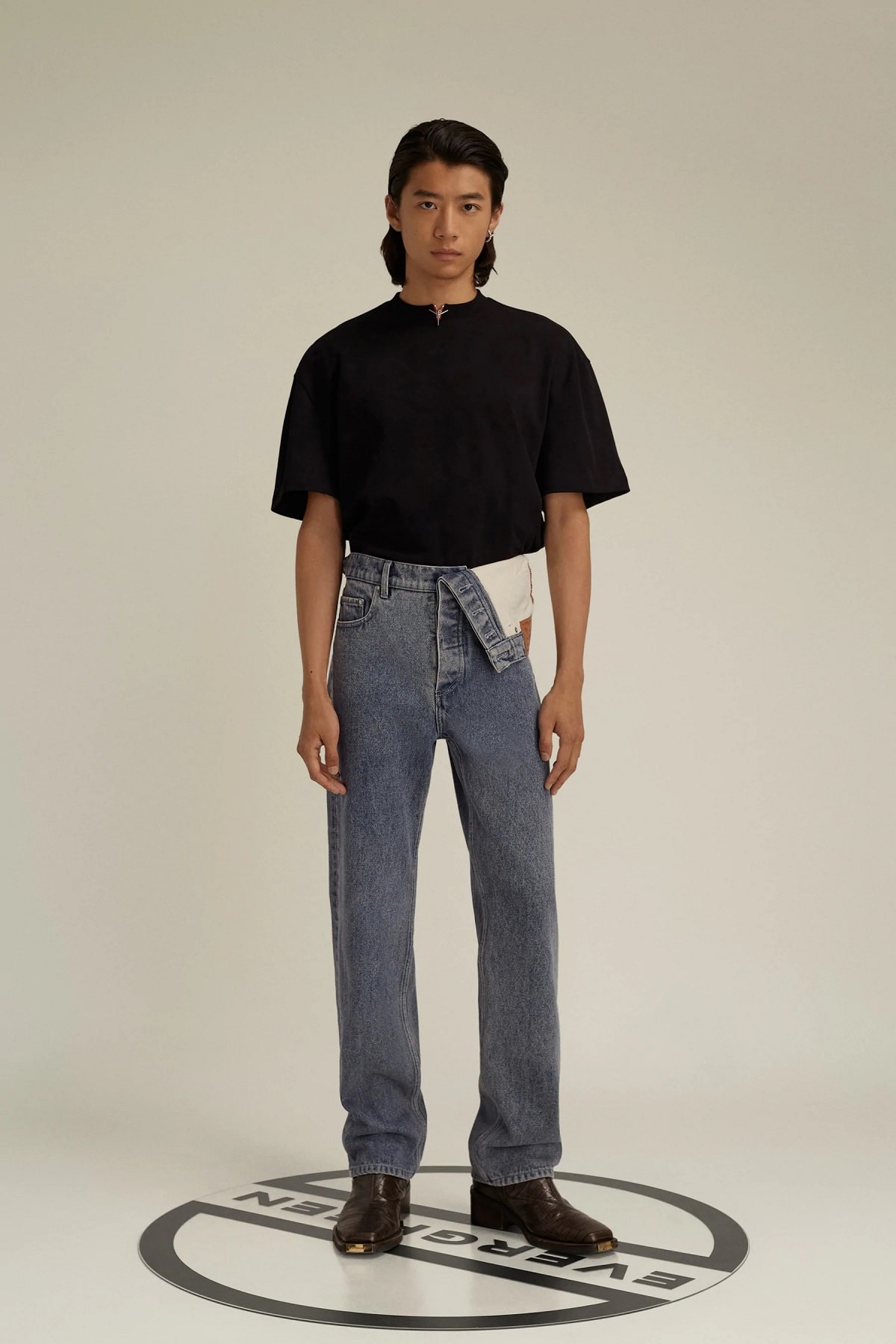1
HOME > Trends >
HOW TO SHOP MORE CONSCIOUSLY
Written by Ivan Yaskey in Trends on the 27th September 2022

Whether you’re practicing minimalism or looking to live more sustainably, conscious consumption took off during the Covid-19 pandemic – particularly now as many question their hasty purchasing decisions from roughly two years ago. You might look around your home – from a mixer you bought to bake bread but have only used three times to athleisure that hangs in your wardrobe – and wonder if you truly needed these purchases, or if they were simply impulse buys that contribute to over-consumption, eat into your budget, and impact your long-term financial goals. Yet, especially with rising awareness around sustainability, shopping more consciously doesn’t entail repeating the same habits with more eco-friendly purchases:
What is Conscious Consumption?
Similar to the confusion between ethical and sustainable fashion, conscious consumption sounds a lot like – and even overlaps with – sustainability. Yes, the two fuel each other – less consumption ends up being more sustainable long term – but the two aren’t synonymous. At its core, conscious consumption consists of multiple tenets: you’re shopping with a degree of awareness about the environment, labor practices, and the economy, factoring in sustainability, supply chain transparency, supporting small, local businesses, and durability for the purpose of longevity. Goals, in this regards, are to:
- Support brands that manufacture their goods sustainably and ethically through all levels of the supply chain.
- Reduce your own environmental footprint, including from what you purchase and your own day-to-day habits.
- Shop within your budget, ideally by purchasing clothing and other items that last longer.
- Minimize the consumption of unsustainable practices and materials, be it plastic or polyester, packaging that can’t be recycled, or crops and livestock that require significant amounts of resources to maintain.
- Curb impulse buying, from clothing to food, and ask yourself if you truly need something.
- Consider the full use you’ll get out of something.
- Decrease the amount of waste you generate, be it from packaging materials to clothing – about 70 pounds per person per year ends up in a landfill environment.
- Support local, smaller businesses.

Steps to Shop More Consciously
Don’t Be Swayed by Buzzwords
Greenwashing is everywhere, from carbon offsets that make a company seem like they’re partially dedicated to sustainability to using recycled or organic fabrics without thinking about what’s involved in their creation and how to dispose of them. As a general strategy for weeding through the noise, you’ll want to look for specific certifications, particularly if a company is a Certified B Corporation – reflective of impact on the environment and workers, confirmed by a strict examination of business practices – or Fair Trade Certified – an indication for how workers are treated and paid for their labor. Terms like “ethically sourced” and “organic” mean little if a business can’t back them up.
Research the Brands You Purchase From
You can start with the brand’s own website. However, chances are that you’ll run across a bunch of marketing speak and vague, partially accurate claims. What you’ll find, however, is that some businesses are more transparent than others, and you can use this as a benchmark before turning to third-party resources. Many complain that this is a time-consuming endeavor, especially because you’ll want to research each brand and its factories and suppliers. As a starting spot, find out more about brands you regularly purchase from, with the following goals in mind:
- Where were the materials sourced from, and how were they made?
- What do you know about the factory conditions where the item was produced?
- What is the company’s and its suppliers’ environmental impact, from resources used to carbon emissions? Do you see any gaps or vague spots along the supply chain?
- What is their approach to product longevity, repairs, and reuse?

Purchase Less
Conscious consumption additionally centers around how much you purchase: even if you stick strictly with sustainable, ethically made garments and accessories, purchasing too many items that go un- or under-used clutters your home and continues to fuel consumption patterns that, long term, still divert manufactured goods to landfills. In this direction, movements like minimalism and Buy Nothing take an extreme stance: You make trades, rather than put forth cash to purchase something, or you pare down what you own, looking for alternative uses for what you want to get rid of. Fashion wise, this may entail putting unused clothing on Depop or Poshmark to turn a profit and clean out your closet, or donating clothing to someone who could use it: for instance, older, still-in-good-condition job clothes for Dress for Success-type programs. Toward this end, strategies for purchasing less and ultimately saving money and generating less waste include:
- Repairing what you own – clothing, shoes, electronics, or furniture – before seeking out a replacement.
- Considering repurposing something worn or damaged beyond use before throwing it away: Clothing in this state, for instance, can be relegated toward cleaning rags or packing materials for moving.
- Asking yourself if you truly need something – or if it’s more of a “want” purchase.
- Thinking about how often you will wear said clothing or shoes – also known as calculating the cost per wear to see if your purchase makes long-term financial sense.
- Especially for shopping online, bookmark something, don’t look at the listing for at least a week, and then return to it to see if you still genuinely like the item.

Focus on Quality Over Quantity
This is the core message of every menswear capsule article you’ll find: Look for classic, timeless essentials and make sure they’re constructed well for long-term use. With this mindset:
- Question every purchase to ensure it fits in this scope and provides the wear you expect.
- Engage in sufficient clothing and footwear maintenance, from brushing debris off suits to using shoe trees.
- Make sure that whatever you purchase fits in with what you currently own. You should never find yourself asking, “What goes with this?”
- In terms of construction, look for full cotton, wool, and leather, rather than synthetics and blends, which tend to show wear and stretch out sooner.
- Avoid trends, unless the style has shown its lifespan and versatility.
- While you don’t have to buy designer, avoid clearance racks and deals, as you’re more likely to end up with a bunch of mismatched, poorly made garments.
- Look for brands that use recycled, upcycled, or more eco-friendly materials.
Shop Secondhand
No matter if it’s vintage, consignment, or thrifted, this approach gives older items a new life. The more recent growth of the secondhand marketplace has potential to make a dent in the production of new goods and the virgin materials needed to create them.

Shop Local and Small
Consider where and to whom you’re giving your money when you spend it. Rather than forking it over to large, multinational corporations that might be covering up questionable labor practices, see what you can purchase from small, local businesses to keep money within your community and help such entities grow.
Shop Cautiously Online
Online shopping, to some extent, cuts down on emissions associated with a product. On the other hand, the vast selection, and being able to click “buy” right from your computer or phone, encourages impulse purchases. Along with all tips listed above:
- Research packaging and shipping: Ideally, items should be shipped in recyclable paper and cardboard rather than plastic, see where the package ships from, and if it’s using the post office or an independent carrier.
- Don’t be influenced by social media and the gotta-have-it-now mindset of drop culture. Continue asking yourself if you need something, or if it will just take up space in your home.

Trending
2
3
4
5
6
7
8
9
10










